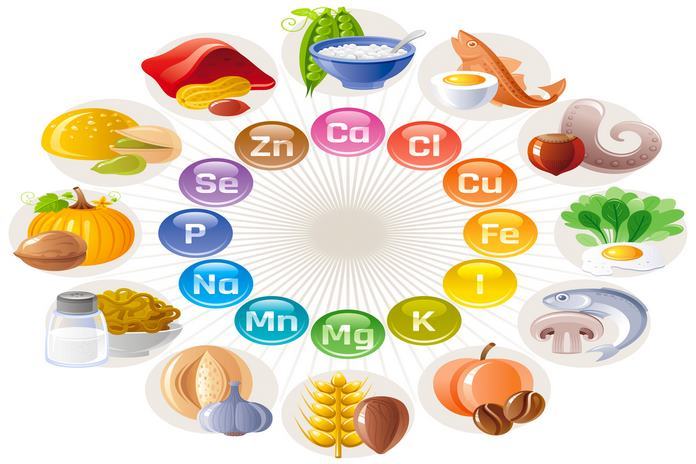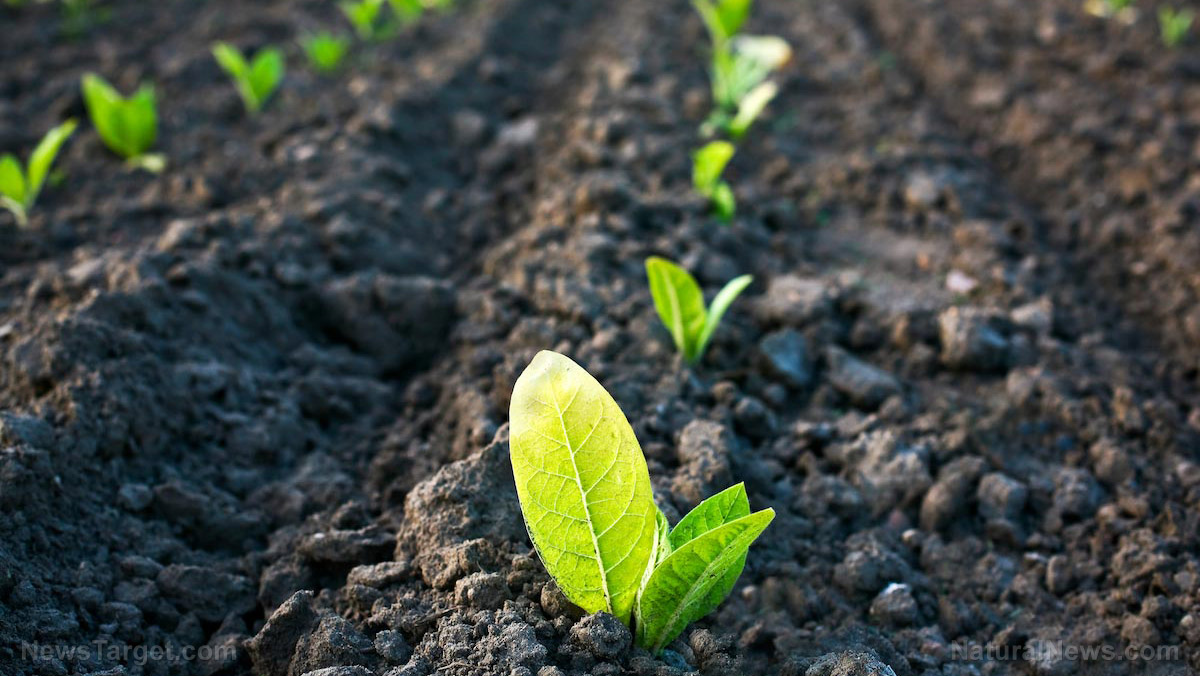Nutrient Food Lists
 Sunday, February 5, 2012 at 8:18AM
Sunday, February 5, 2012 at 8:18AM
|
Vitamin Workshop concepts in a Nutshell
Critically IMPORTANT
Check out how vitamin functions relate to cancers in Cancer and Vitamins
Use SEARCH website on top of left side Navigation Bar to find topics of interest. As pages are updated, the links in the search links for the old article remains and says not found. Look further down list for similar or same titles for new reworks.
Check out What's New for the latest health vitamin connections.
FYI: A number of references have added pop ups blocking pages for cookie policies. Find other references.
Vitamin Cautions Explained
Precautions exist for Folic Acid, Selenium, Beta Carotene, Vitamins A, B1, B6, B12, C, D, & E. Why there are so many DESIGN FLAWS in multi-vitamin formulas may be a mystery to some, but after discovering the new vitamin reality on this website, the mystery will vanish.
Have you heard this before?
New large study research found an association between higher vitamin B6 (>35mg) and B12 (>20 mcg) intakes with 50% increased risk of hip fractures. article The reason is unknown!
A Reference to first link nutrient content of foods, then nutrient functions to disease conditions.
 Sunday, February 5, 2012 at 8:18AM
Sunday, February 5, 2012 at 8:18AM
|
 Saturday, July 23, 2016 at 3:39PM
Saturday, July 23, 2016 at 3:39PM In case you haven't heard about this before, the HEI or the FQS are ways to measure the health aspects of the SAD, Standard American Diet. Researchers need to evaluate this score in studying the results of health studies. It is vital to remember that this number only reflects the USDA's healthy recommendation amounts for the different vitamins and numeral nutrients, but not necessarily for other phytonutrients including the two types of fibers. It also includes and measures nutrient densities within food groups. But, it contains many flaws since it is not only based upon the RDIs, Recommended Daily Intake, but also must incorporate the cost of food service quantities for free meals, etc. And, little if any consideration of cooking methods, fresh, frozen, or raw, but it does differentiate between whole and processed grains. ref

 Thursday, August 16, 2018 at 8:10PM
Thursday, August 16, 2018 at 8:10PM The FDA has recently changed the way some nutrient dosage and units are expressed on labels. See Government site examples. These examples show the old units in (400IU) after the new units so one can get an idea of conversion. It will be confusing for some time. Here are the changes for food labels.
It appears that companies might still be able to hide or disguise sources and whether vitamins are natural or synthetic, since information could be listed in ingredients below nutrition box where customers are not used to looking. This might not have been an oversight, but a special interest perk.
Some Nutrient Daily Values have changed based on recent science as well as some RDI, for Recommended Daily Intake, plus some units of measure. ref <Check out increases and especially decreases, some very significant. A new term has emerged, DFE , standing for Dietary Folate Equivalent. Since supplement folic acid is absorbed better than food folates, to equalize these differences, a DFE number is given not based on weight or size or units. The DFE number hopes to balance many factors to arrive at the same level of body influence.
CRITICAL NOTE: Did the Scientists who set the DFE consider the rate of conversion of the synthetic folic acid form by the liver into the natural folate form. Other Scientists have discovered that over a certain dosage, the synthetic folic acid spills into the blood stream as unmetabolized folic acid. If they did not, this could very well influence the DFE results in a very negative direction. Any way, the synthetic form of folic acid is not recommended by the new vitamin criteria because studies have revealed that this unmetabolized folic acid not only suppresses natural killer cell activity, but has also shown up in baby blood tests from mothers who did not consume supplements of folic acid. This means it just came from fortified grain foods.
Don't expect these new rules for labels are just for clarification. They look like an attempt to cloud the differences between natural and synthetic vitamins. Somebody benefits from these changes while others may be hurt. Rarely is the Public the one benefiting. Is this another example of special interest tampering? Watch for updates on this issue.
Remember: Old research and articles used the old system which will make it difficult to compare to the new system, especially once the voluntary inclusion of the (old units) gets discarded off labels.

 Monday, July 31, 2023 at 10:43PM
Monday, July 31, 2023 at 10:43PM Health grows from fertile soils. Good soil is alive with living organisms as well as abundant nutrients. These elements in good soil produce healthy and nutritious plants and healthy animals that feed on them.  Most of these soil elements get recycled back into the soil through various processes to renew the health of the soil. But over time, soil fertility tends to diminish even with abundant fertilizing intervention. ref ref
Most of these soil elements get recycled back into the soil through various processes to renew the health of the soil. But over time, soil fertility tends to diminish even with abundant fertilizing intervention. ref ref
There are natural cycles that need to be respected to maintain soil quality. In the largest scope of influence, glaciers growing and retreating grind rocks into dust which is then transported either by rivers or wind to re-fertilize soils. This cyclical action renews soil that is weakened by plant overgrowth, erosion from rain washing nutrients down to the ocean, wind blowing nutrients away during dry seasons as well as food crops transportation away from growing areas. The changes that soil fertility influences are the type of trees that grow in a particular area and the size of leaves that have a direct link to creating climate weather patterns above the land. Chief among these are represented by broad leaf trees should as maples being replaced by pine needle trees. ref ref ref
Eventually the loss of soil fertility generates the need for another ice age of numerous degrees. It's a necessary and natural cycle. It is interesting to note that many commercial fertilizers contain rock processing gravel dust.
Here is the Cycle
Signs that expose the need for new glacial activity are showing up more and more lately as plants and trees are suffering health issues. There is talk about spreading the glacial melt dust from Greenland to fertilize the worn out earth soils. ref But, this would be a challenging feat.
Now, this cycle information should have raised some vital questions for the processes used by large scale commercial farms to produce food for humans and animals. And you would be right. The food crops grown are showing signs of reduced nutrient amounts from weakening soil fertility, even with the use of certain fertilizers. Higher crop output is often offset by lower nutrient content of food.
Plus, the erosion and element runoff from commercial fertilized farms flowing into the sea is disrupting sea life. ref This is a major problem that organic farming attempts to address. But, it too has contamination and runoff problems. article Backyard farming should be mainlined.
Of Interest: plants and trees love CO2. Since fossil fuel burning has increased atmospheric CO2 levels, the earth is experiencing a re-greening with increased greens growing in new areas, like deserts, equal to cover an area the size of the United States. This has been verified by NASA pictures from space. This result is trapping more CO2 and slowing down increase trend.